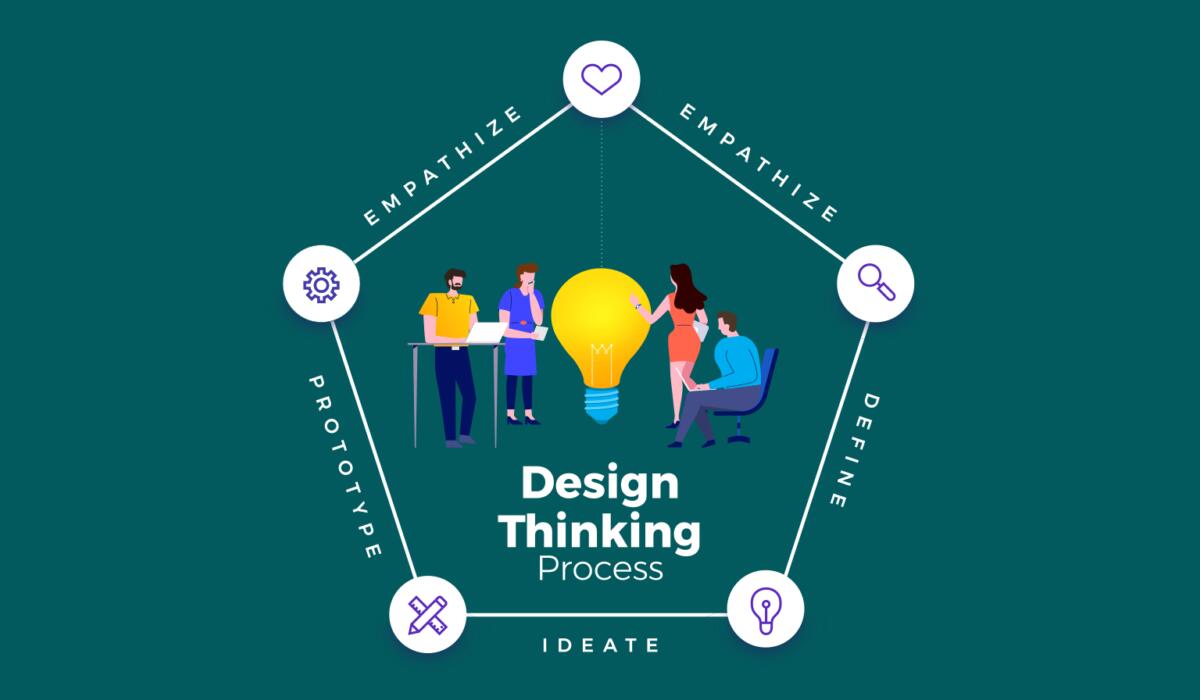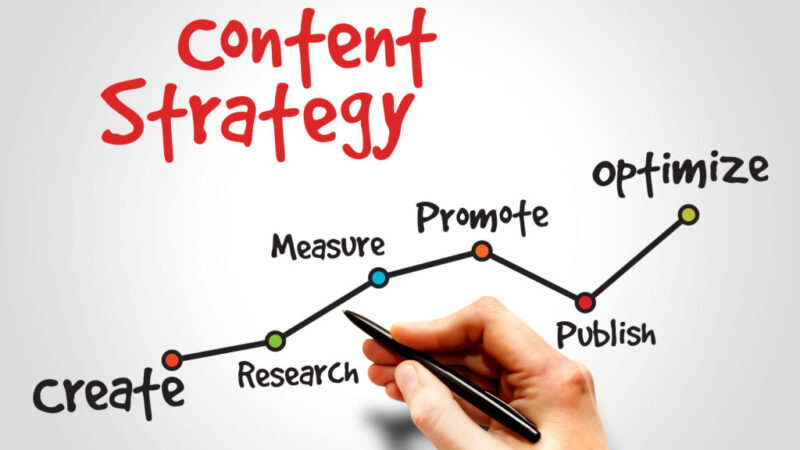Design Thinking: Creative Problem-Solving Methodologies That Transform Challenges into Opportunities

Have you ever been stuck on a problem and wished you could approach it from a completely fresh perspective? Imagine solving challenges like a designer—using creativity, empathy, and a structured process to turn obstacles into opportunities. Welcome to the world of Design Thinking.
In this post, we’ll explore what design thinking is, how it works, and why it’s such a powerful approach for creative problem-solving. Whether you’re a business owner, an educator, or simply someone who loves to innovate, design thinking can help you unlock new ideas and build better solutions.
What Is Design Thinking?
Design thinking is a creative problem-solving methodology that focuses on understanding people’s needs, challenging assumptions, and redefining problems to identify alternative strategies and solutions. Instead of relying solely on conventional methods, design thinking encourages us to look at challenges from multiple angles and embrace experimentation.
It’s not just for designers—this methodology has been adopted by companies, schools, and organizations around the world to drive innovation and tackle complex issues. At its core, design thinking is about human-centered innovation: putting people first and building solutions that truly work for them.
The Five Key Stages of Design Thinking
Design thinking is often broken down into five stages. While the process isn’t always linear, these steps provide a useful framework to guide your creative journey:
1. Empathize
The first step is to understand your users. This means stepping into their shoes, listening to their experiences, and observing their challenges. Whether through interviews, surveys, or direct observation, empathy helps you gather insights about what people really need.
Example: A team designing a new app for seniors might spend time visiting retirement communities, talking to residents, and noting the challenges they face with existing technology.
2. Define
Once you’ve gathered insights, it’s time to define the problem. This involves synthesizing your observations into a clear problem statement that reflects the real needs of your users.
Example: Instead of saying, “Our app needs more features,” you might define the problem as, “Seniors need an intuitive, easy-to-navigate app that helps them stay connected with family and manage daily tasks.”
3. Ideate
With a clear problem in hand, you move into ideation—the brainstorming phase. Here, the goal is to generate as many ideas as possible without worrying about feasibility at first. Creativity reigns, and no idea is too outlandish.
Example: The team might sketch out ideas ranging from simple text-based interfaces to voice-command systems, or even physical devices that bridge digital and analog worlds.
4. Prototype
After brainstorming, it’s time to bring your ideas to life. Prototyping means creating a simple, tangible version of your idea—whether it’s a sketch, a model, or a digital mock-up. Prototypes are not the final product; they’re just a way to test concepts and learn more about what works and what doesn’t.
Example: A low-fidelity prototype of the app could be a series of paper sketches that show how a senior might navigate through the app.
5. Test
The final step is to test your prototype with real users. This stage is all about gathering feedback and understanding what needs to be improved. Testing is iterative—based on feedback, you refine your idea, create new prototypes, and test again.
Example: The team might conduct usability sessions with seniors to see if the app is truly intuitive, and then tweak the design based on their suggestions.
Why Design Thinking Works
Design thinking works because it blends empathy with creativity and structured problem-solving. Here are some key benefits:
- User-Centered: By focusing on real needs, you create solutions that resonate with your audience.
- Encourages Experimentation: The iterative nature means you can fail fast, learn quickly, and improve continuously.
- Breaks Down Silos: It fosters collaboration among people from different backgrounds, bringing diverse perspectives to the table.
- Drives Innovation: By challenging assumptions and exploring multiple ideas, you’re more likely to uncover groundbreaking solutions.
Real-World Applications of Design Thinking
Many leading companies use design thinking to drive innovation. For example:
- Apple uses design thinking to create products that are both beautiful and functional.
- IDEO, a design and consulting firm, is famous for applying design thinking to solve complex social issues.
- Airbnb redesigned their entire customer experience by focusing on the needs and feelings of their users.
These examples show that design thinking isn’t just a buzzword—it’s a practical approach that leads to real-world success.
Getting Started with Design Thinking
Ready to dive in? Here are a few simple steps to begin applying design thinking:
- Start with Empathy: Spend time with your users. Ask questions, observe their behavior, and really listen.
- Define Your Challenge: Write a clear problem statement that addresses the core needs of your users.
- Brainstorm Freely: Gather your team and let creativity flow. No idea is too wild in this phase.
- Build and Test: Create a simple prototype and share it with a small group of users. Collect feedback and iterate.
Remember, design thinking is a mindset as much as it is a process. It encourages curiosity, creativity, and the courage to try new things.
Final Thoughts
Design thinking offers a powerful, creative approach to problem-solving that can transform your ideas into impactful solutions. By following its stages—empathize, define, ideate, prototype, and test—you can tackle challenges with confidence and create products that truly resonate with users.
So next time you face a tough problem, think like a designer. Embrace empathy, experiment with ideas, and never be afraid to iterate. The best solutions are often born from creative thinking and a willingness to look at problems from a new perspective.
Happy innovating!







